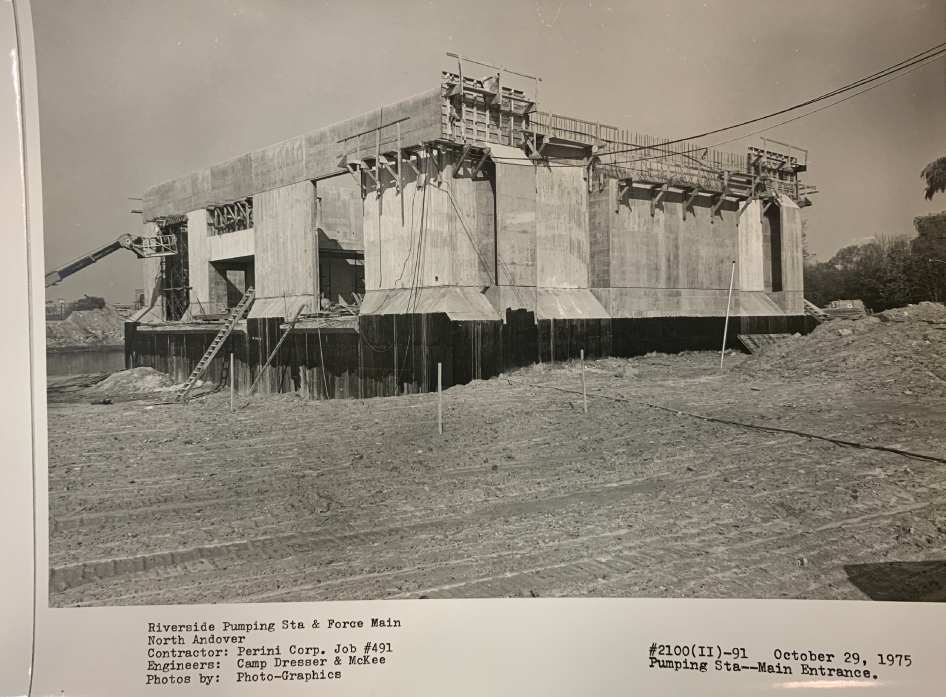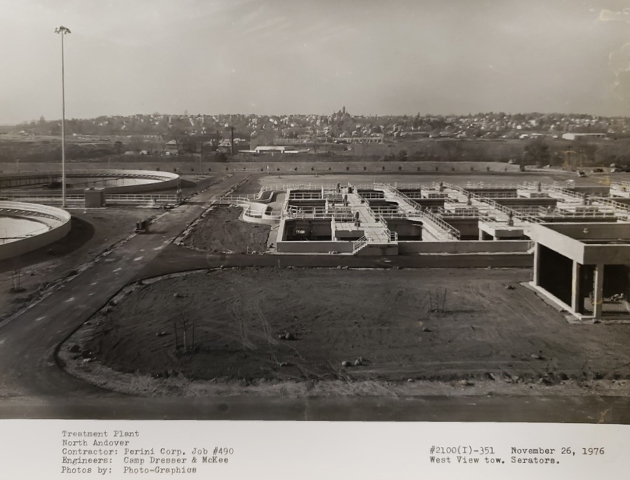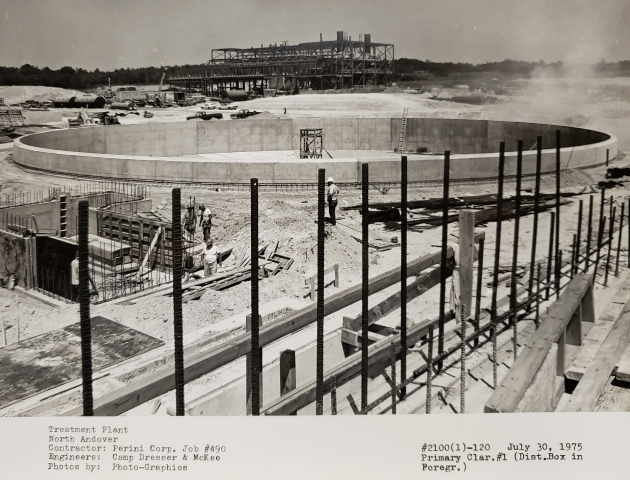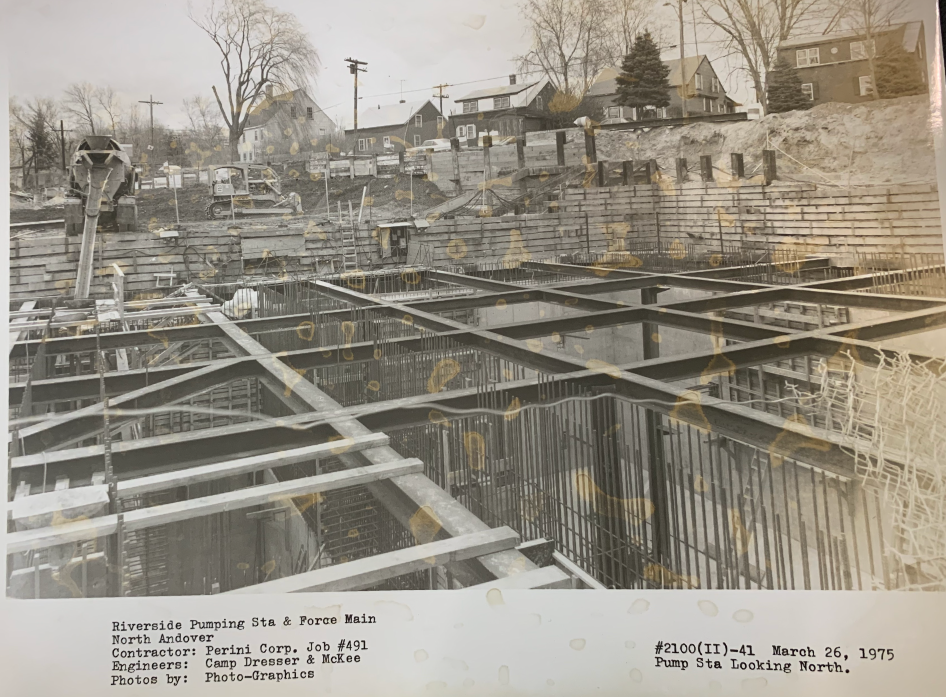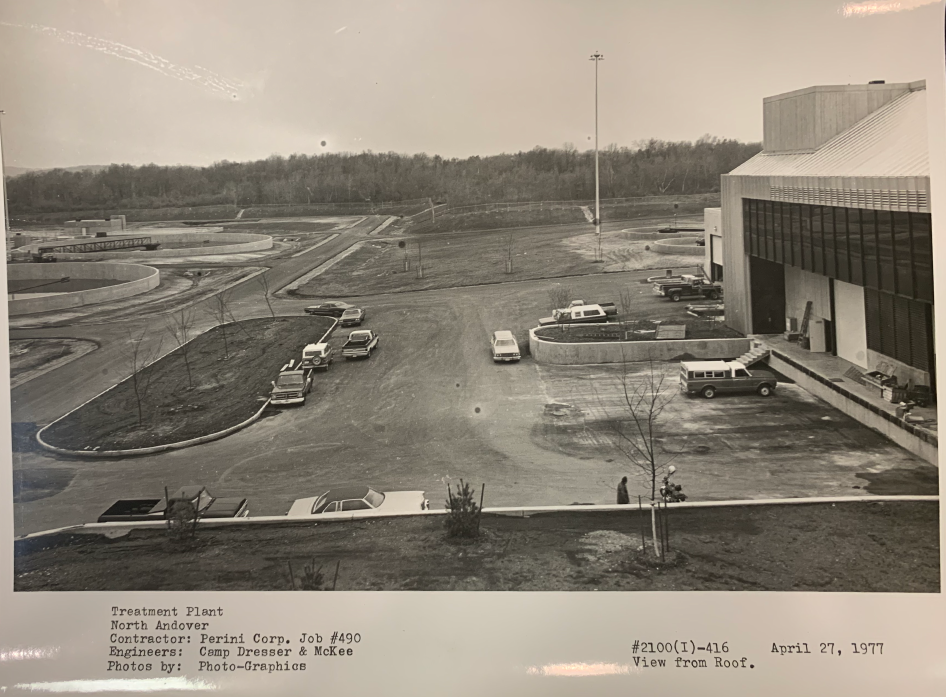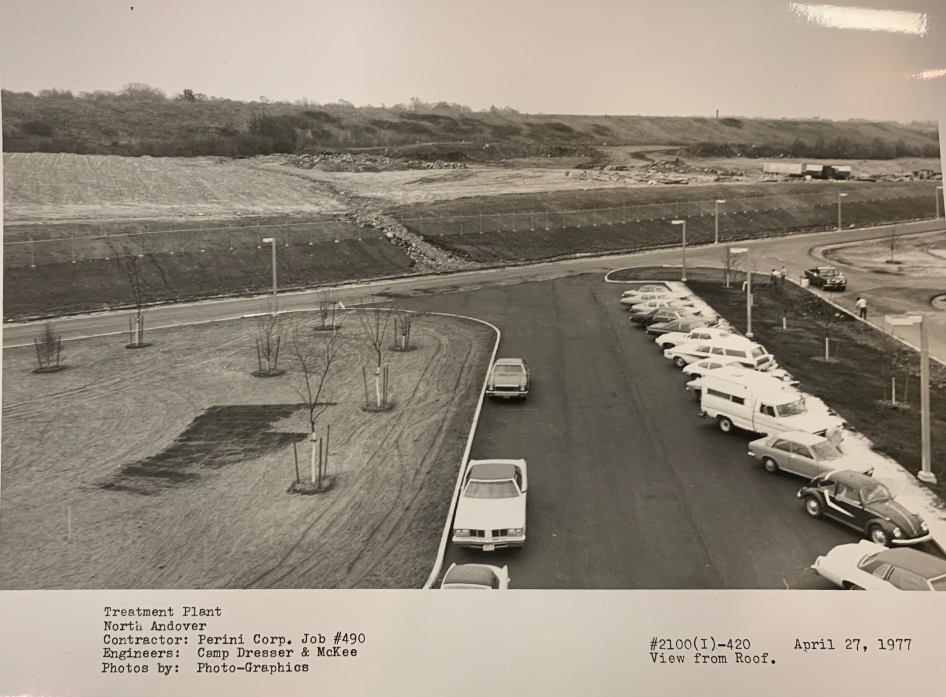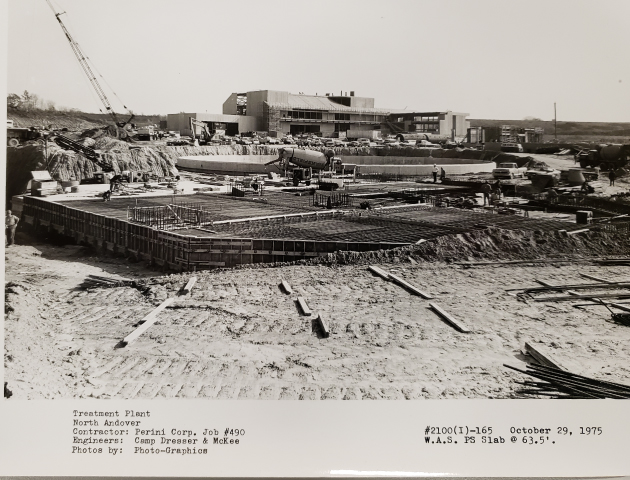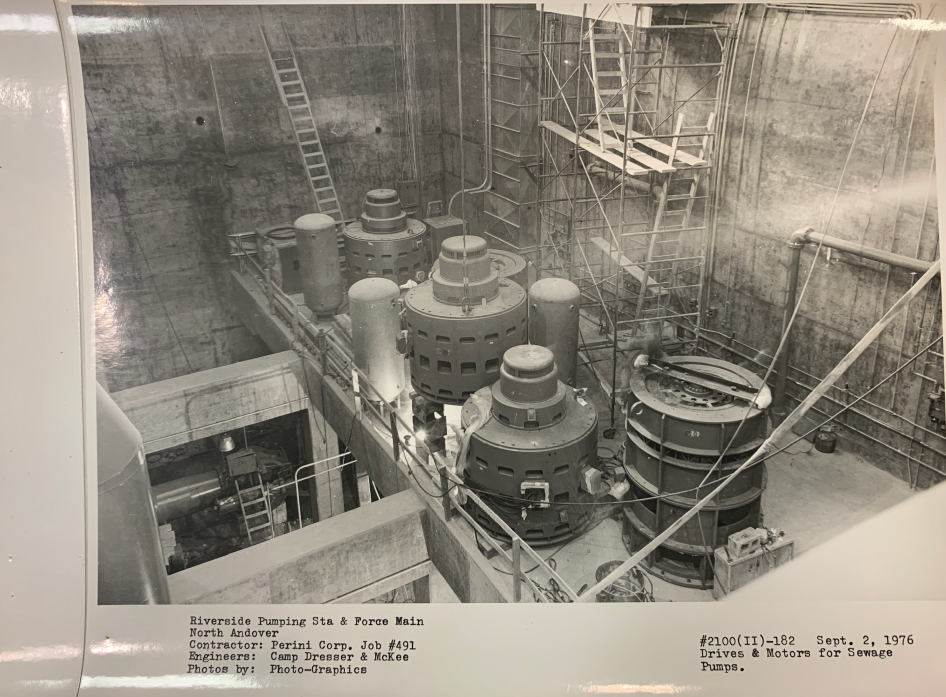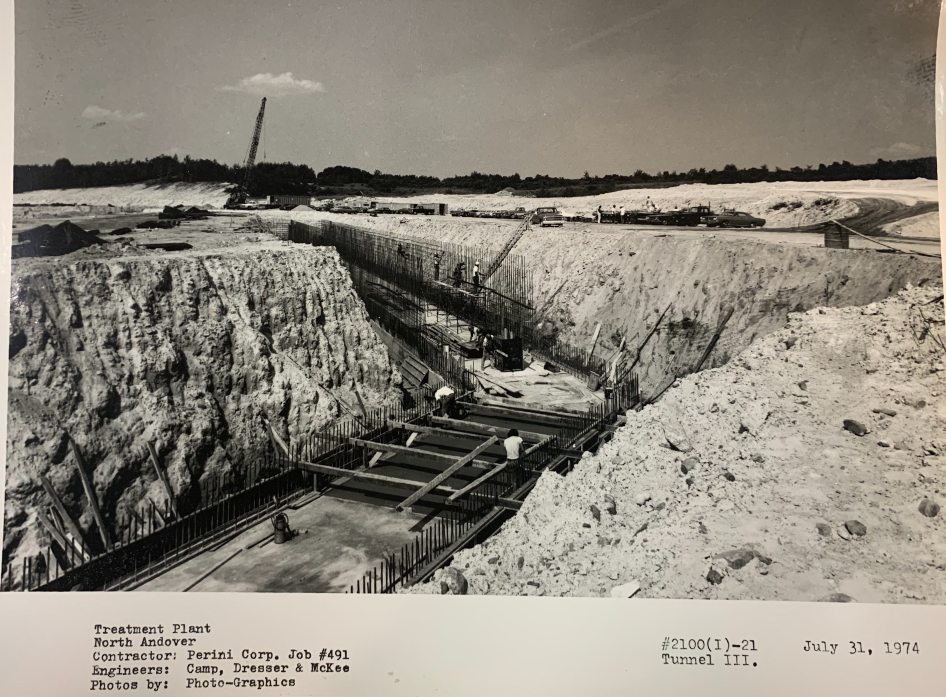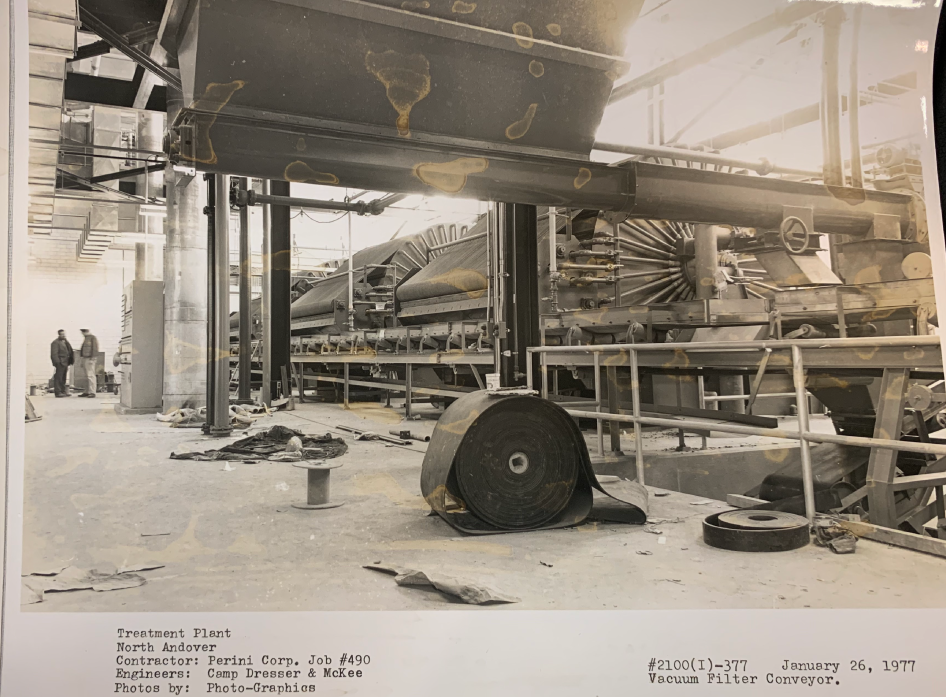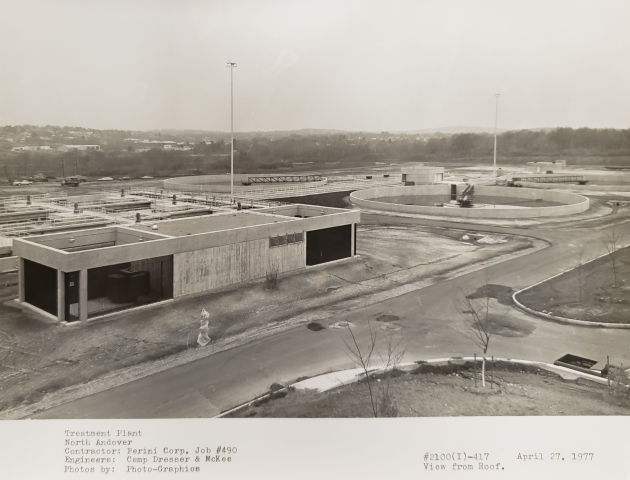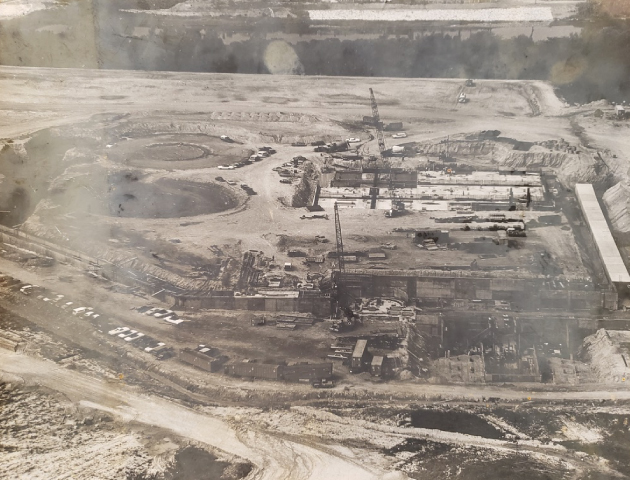When in 1908 an investigation by the State Board of Health identified that untreated waste from thousands of households was ending up in the Merrimack River, it was clear that a wastewater treatment solution was needed for the Merrimack Valley.
But it being early in the 20th century, the innovation needed to solve this growing concern was not yet evident, and the problem only worsened as the economy and population grew.
As the Merrimack Valley filled, residents watched as millions of gallons of raw sewage – dumped daily from Lawrence, Lowell and Haverhill — flowed downstream into the Atlantic.
To create a sustainable future for residents and the River, a municipal wastewater treatment facility would need to be built to handle collection and treatment. And so, the Greater Lawrence Sanitary District found its footing in 1968.

The Greater Lawrence Sanitary District (GLSD) was built to protect the environment from human pollution.
Today, GLSD processes some 50 million gallons of wastewater daily, meeting our mandate to keep our communities and the Merrimack River clean.
But our work doesn’t stop there. As leaders in sustainable wastewater and solid waste management, we continue to innovate to meet new demands as the needs of our communities evolve.
When our region experienced mass power failure during the “Bomb Cyclone” storm of October 2017, contributing to a major Combined Sewer Overflow (CSO) event, for example, we suited up to meet the need. With the help of Clean Water Trust, Department of Energy Resources, and National Grid, we replaced our existing pump station’s mechanical, electrical and instrumentation equipment to increase our pumping capacity and added full backup power at our Riverside Pump Station and plant to better protect against CSO events going forward.
Today, we remain on the edge of change and continue to work towards innovative solutions to meet the needs of tomorrow, from producing green energy to recycling wastewater and biosolids.
Curious about how GLSD represents the future of sustainable wastewater treatment in Massachusetts?
To learn more about our expansion since 1968 and our innovative capital projects, click here.
